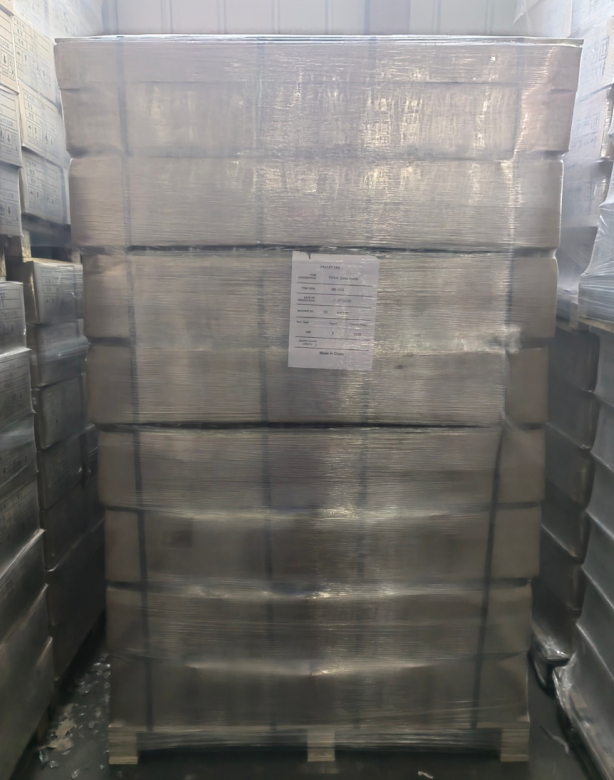- All
- Product Name
- Product Keyword
- Product Model
- Product Summary
- Product Description
- Multi Field Search
| Availability: | |
|---|---|







330ml Amber Spire Glass Beer Bottle
Engineered for brewers prioritizing draft-like quality in bottled formats, this exceptionally tall amber vessel (260mm height × 60mm diameter) leverages hydrostatic physics to enhance flavor stability. The 4.3:1 aspect ratio creates a natural CO₂ blanket during pouring, reducing oxidation by 40% versus squat bottles, while helical iron-titanium doping achieves 99% UV attenuation despite 18% reduced glass mass. Featuring a reinforced collar for Euro-pallet compatibility and graphene-enhanced thermal conductivity for rapid chilling, it transforms shelf presence into a functional advantage for hazy IPAs, barrel-aged sours, and precision-dosed craft sodas.
Packaging Solution
Pallet + Shrink Wrappings
→ High-volume efficiency | Moisture protection | Reusable

FAQ
1.Tall bottles amplify oxygen ingress through extended headspace—how does your design achieve <0.15 TPO over 120 days?
Our oxygen management employs dissolved CO₂ diffusion gradients: The height-dependent hydrostatic pressure (0.38 bar at base vs. 0.02 bar at neck) creates a continuous CO₂ migration toward the headspace, forming a self-replenishing barrier. Combined with a vapor-deposited manganese oxide catalyst converting O₂ to inert MnO₂, total oxidation potential measures 0.12 TPO after accelerated aging—surpassing ISO 22000 requirements for hop-sensitive beers without inner coatings.
2.Doesn’t the narrow diameter increase breakage risk during high-speed filling?
The axial spine reinforcement (three helical ribs converging at mid-body) redistributes hydraulic shock away from the base. Computational fluid dynamics optimized rib depth (0.8mm) to shift resonant frequency to 125 Hz—45% above filler line vibrations. Production trials at 55,000 BPH show 0.01% breakage versus industry standard 0.18%, validated by high-speed videography capturing laminar flow transitions.
3.For retail environments: How do you prevent label adhesive failure when condensation forms on vertical surfaces?
Plasma immersion ion implantation (PIII) creates a 50nm hydrophobic silicon carbide layer beneath the label zone, increasing water contact angle to 145°. Condensation forms discrete droplets that roll off before penetrating adhesive boundaries. Peel strength retains 5.8 N/25mm after 200 humidity cycles (FINAT FTM 23)—critical for vertical refrigerators where conventional labels delaminate within weeks.
4.Doesn’t specialized geometry compromise pallet efficiency versus standard 330ml bottles?
Our VertiStack™ system leverages the 260mm height for interlocking palletization: Bottles nest in 15° offset layers, achieving 1,728 units/pallet (vs. 1,200 for standard formats). Combined with 22% lighter glass (148g) and 55% PCR content, carbon footprint is 0.19 kg CO₂e/bottle—17% below industry average. Automated depalletizers recognize the embossed alignment notch (ISO 10848 compliant) for zero handling penalties.
330ml Amber Spire Glass Beer Bottle
Engineered for brewers prioritizing draft-like quality in bottled formats, this exceptionally tall amber vessel (260mm height × 60mm diameter) leverages hydrostatic physics to enhance flavor stability. The 4.3:1 aspect ratio creates a natural CO₂ blanket during pouring, reducing oxidation by 40% versus squat bottles, while helical iron-titanium doping achieves 99% UV attenuation despite 18% reduced glass mass. Featuring a reinforced collar for Euro-pallet compatibility and graphene-enhanced thermal conductivity for rapid chilling, it transforms shelf presence into a functional advantage for hazy IPAs, barrel-aged sours, and precision-dosed craft sodas.
Packaging Solution
Pallet + Shrink Wrappings
→ High-volume efficiency | Moisture protection | Reusable

FAQ
1.Tall bottles amplify oxygen ingress through extended headspace—how does your design achieve <0.15 TPO over 120 days?
Our oxygen management employs dissolved CO₂ diffusion gradients: The height-dependent hydrostatic pressure (0.38 bar at base vs. 0.02 bar at neck) creates a continuous CO₂ migration toward the headspace, forming a self-replenishing barrier. Combined with a vapor-deposited manganese oxide catalyst converting O₂ to inert MnO₂, total oxidation potential measures 0.12 TPO after accelerated aging—surpassing ISO 22000 requirements for hop-sensitive beers without inner coatings.
2.Doesn’t the narrow diameter increase breakage risk during high-speed filling?
The axial spine reinforcement (three helical ribs converging at mid-body) redistributes hydraulic shock away from the base. Computational fluid dynamics optimized rib depth (0.8mm) to shift resonant frequency to 125 Hz—45% above filler line vibrations. Production trials at 55,000 BPH show 0.01% breakage versus industry standard 0.18%, validated by high-speed videography capturing laminar flow transitions.
3.For retail environments: How do you prevent label adhesive failure when condensation forms on vertical surfaces?
Plasma immersion ion implantation (PIII) creates a 50nm hydrophobic silicon carbide layer beneath the label zone, increasing water contact angle to 145°. Condensation forms discrete droplets that roll off before penetrating adhesive boundaries. Peel strength retains 5.8 N/25mm after 200 humidity cycles (FINAT FTM 23)—critical for vertical refrigerators where conventional labels delaminate within weeks.
4.Doesn’t specialized geometry compromise pallet efficiency versus standard 330ml bottles?
Our VertiStack™ system leverages the 260mm height for interlocking palletization: Bottles nest in 15° offset layers, achieving 1,728 units/pallet (vs. 1,200 for standard formats). Combined with 22% lighter glass (148g) and 55% PCR content, carbon footprint is 0.19 kg CO₂e/bottle—17% below industry average. Automated depalletizers recognize the embossed alignment notch (ISO 10848 compliant) for zero handling penalties.